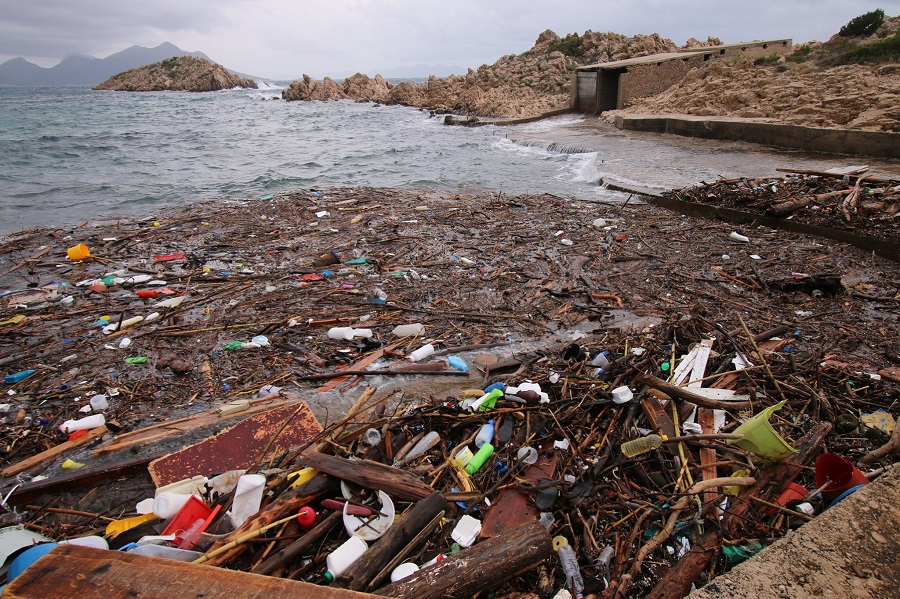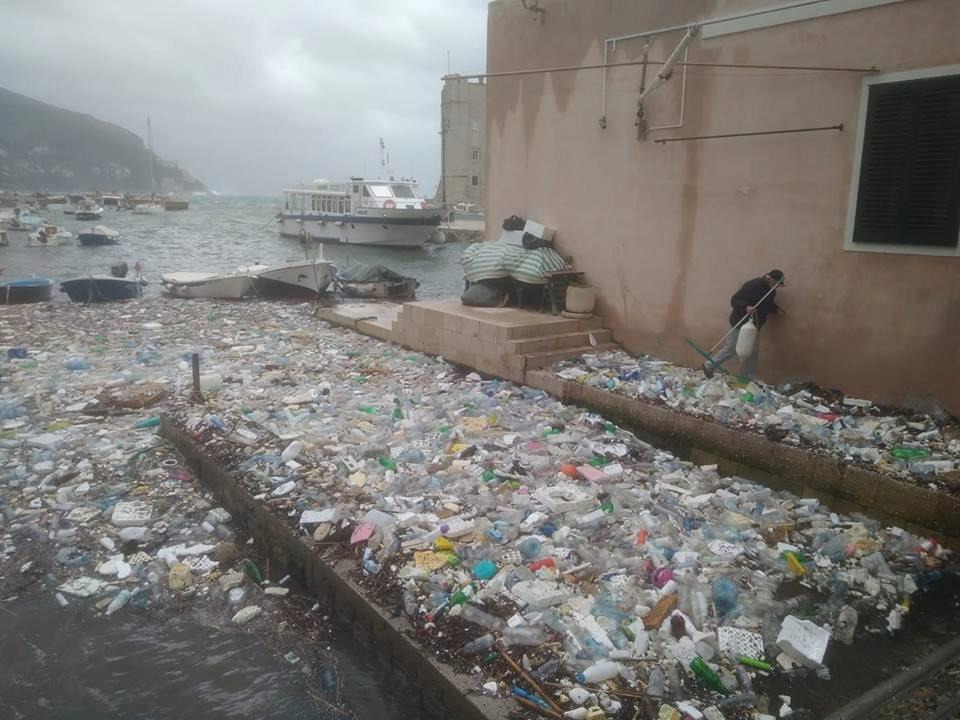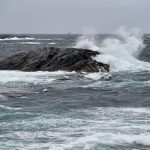November 17, 2019 – A brutal jugo wind has been battering the Adriatic coast in recent days. With calm returning, some of the contents of the Adriatic have been left as souvenirs on the mainland.
I wouldn’t describe myself as an environmentalist at all, but anyone with an ounce of common sense watching over the ‘development’ of the Adriatic coast can see that there is clearly something very wrong.
Numbers, numbers, numbers – a record number of tourists a record number of overnight stays, apparently. And a record number (I would guess) of something that nobody is talking about officially, or putting an actual figure on.
Environmental damage of, among other things, the main jewel that Croatia has to offer with its tourism – the pristine Adriatic Sea.

(Photo credit Ivica Trojenovic / Peljesac i Politika – a beach near Orebic)
As we have reported these last few days, a brutal jugo wind has hit the Adriatic coast and islands, bringing spectacular scenes for us to enjoy in the comfort of our homes around the world.
And leaving plenty of trash in its wake, all along the coast.
I have never been one to sensationalise things, as it is a very longterm strategy, but it is clear that all is not well with Croatian tourism’s relationship with its prized jewel. The lack of sensationalism is what led me to approach a respected marine biologist academic for her views on the state of the Adriatic, and I am grateful to Dr. Ana Bratos Cetinic from the Department of Aquaculture from the University of Dubrovnik for her very in-depth and detailed interview for TCN recently – Mass Tourism, Climate & Plastic: Marine Biologist on Cost to Adriatic. Of the many thought-provoking things Dr. Ana said in the interview, the answer to how many Mediterranean monk seals were in the Adriatic is the one that stayed with me:
The Mediterranean monk seal is now considered extinct in the Adriatic, but rare sporadic observations of the monk seal have been reported. Those specimens likely belong to the populations outside of the Adriatic, which they visit. Once, there was a relatively abundant Adriatic species which has given way to increasing human pressure and deterioration of their habitats which, actually, belong to nautical tourists these days.
And while the monk seals sadly have no voice and are increasingly invisible to the point of extinction, there is one thing in the Adriatic and other seas which is increasingly abundant and visible – trash.
Quite how much trash has been deposited by cruise ships and sailboats, in addition to that washed up by tides from Albania is not known, but in the last few days, the jugo wind gave the Adriatic Sea a chance to give us a reminder. From a tourism point of view, the ‘good’ news is that it happened in November, giving the authorities plenty of time to clean up before the next season. The bad news is that unless serious action is taken, this will be a much more common occurrence.

This week’s jugo wind trash gifts are far from unique. The above image was widely circulated in the Croatian media this week, but a little research shows it is from earlier this year. Which makes it no less shocking.
Numbers, numbers, numbers. The Kings of Accidental Tourism are busy celebrating alleged record numbers. Would they or their relevant ministerial counterparts care to comment on the following:
1. While revenues generated FROM tourism will soon be published, I have yet to see any costs caused BY tourism – utilities, infrastructure, waste management – can we have some transparent information, please?
2. We hear great news about tourism expanding, less so about infrastructure built to cope with that increased demand. Can we have more transparency, including information on waste treatment and what we are pouring into the Adriatic?
3. Is there a plan to deal with the environmental effects of this huge increase in tourism? Can we see it if it exists?
4. Is there a study on the benefits of cruise ship tourism versus the environmental costs? Can we see it if it exists?
5. If the answer questions 3 and 4 above is no, why not?








